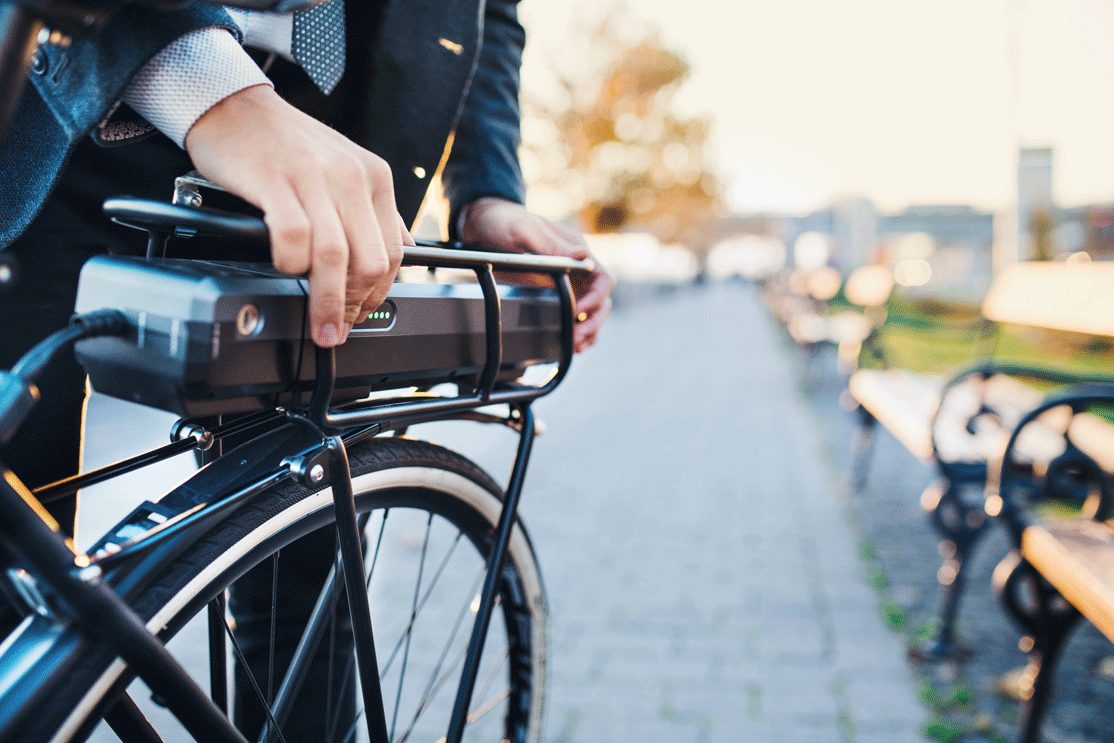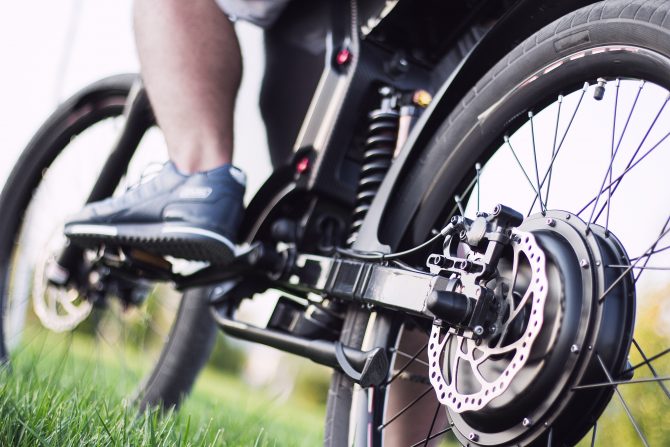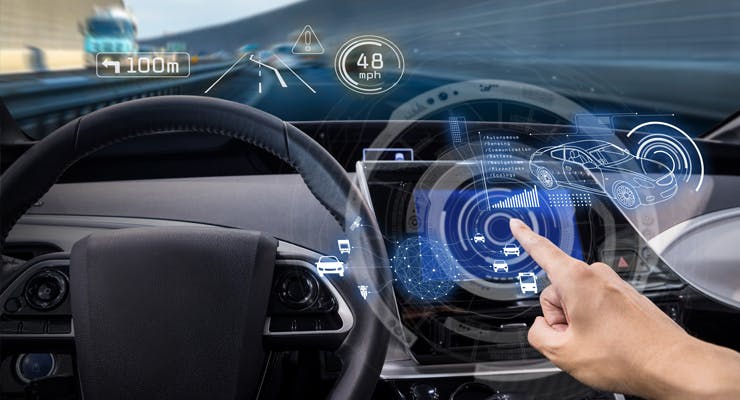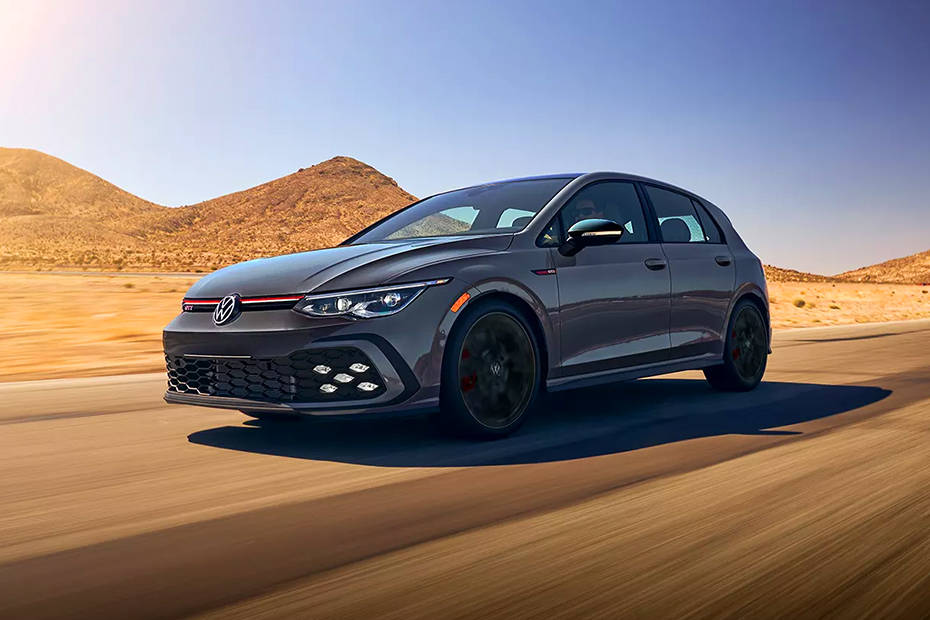Ever wondered what you should look for when buying an e-bike? If you’re a first-time buyer, we understand that transitioning from another mode of transport to the e-bike can leave you with a lot of questions.
If you’re transitioning from a conventional bike to an e-bike, we also understand that you may not know of the electronics and electrical-related components specifications. Aside from actual specs, things to consider include prices, ranges, purpose, speed, and weight limits.
In this article, we’ll teach you 5 things you need to consider and take note of when buying an e-bike and their importance. Read on!
Price
E-bike prices have decreased considerably over these past few years because of the development of EV technologies to combat global warming and climate change. This in turn gave rise to an increase of e-bikes being produced and sold, which has brought down e-bike prices.
Unfortunately, even with high price cuts, e-bikes are still pricey since they’re still not as popular as other modes of transport, and many are still unaware of the benefits of riding an e-bike.
With these things in mind, you need to budget accordingly. Research online about what’s a good e-bike model and put up a budget in mind so you won’t be enticed to go beyond what your budget allows.
To help you further, there are numerous e-bike types with different purposes and prices. To determine your best e-bike type bet and adjust your budget accordingly.
How You’ll Use It
The type of riding, or simply put, how you’ll use the e-bike, is probably one of the most important things to consider if not the most important. As mentioned earlier, there are numerous bike types, namely: folding e-bikes, mountain e-bikes, and road e-bikes.
Folding e-bikes are commonly used in the urban environment. They are heavily favored for city commutes for their lightweight and convenient folding feature, perfect when boarding a bus or a train.
Mountain e-bikes are commonly used for long leisurely rides involving rough or off-road terrain, hence the term mountain. These e-bikes are preferred for their excellent traction and handling, perfect when traversing uneven terrain.
And lastly, road e-bikes are commonly used for competitions and long rides on asphalt or concrete roads, hence the term road. These e-bikes are the fastest of the three and are made with lighter and thinner materials to enhance the rider’s aerodynamics.
To go with this, determine your intended purpose and align it with the e-bike type most suitable for you and your personal preferences.
Range
The range is essential when buying an e-bike since an e-bike is range-limited compared to the virtually limitless capability of conventional bikes to keep running as long as the user keeps pedaling.
When buying an e-bike, go back to the purpose of how you’re going to use the e-bike. For example, if you want to do a city commute on a bike, consider getting a medium-range folding bike capable of covering 15-30 miles.
If you’re going for mountainous and uneven terrain, go for a long-range mountain bike since you need more motor output for traversing challenging terrain.
If you want to go on long journeys on good asphalt or concrete roads, consider getting a long-range road bike since roads can be warm, which affects the battery life of your e-bike.
Most e-bikes today can cover 25-45 miles of range, which is usually enough for the average cyclist.
Speed
How fast do you want to go from point A to point B? If you don’t like fast or slow, then you need to consider the speed capability of an e-bike.
As a starting point, the fastest e-bike type is the road e-bike. These bikes can reach over 20 miles per hour in speed, effectively besting the folding and mountain e-bikes.

If you want a slower e-bike, by all means, go for a folding e-bike since its small wheels, and condensed structure makes it slower than other bike types, including hybrids of the mountain and road e-bikes.
You can also have the motor output of your e-bike adjusted so you can go slower or faster (but with range drawbacks).
Weight
As a starting point, e-bikes are known to be significantly heavier than conventional bikes. If you’re asking why it’s because an e-bike’s battery pack is heavy.
Weight is important to consider if you want to do city commutes involving using buses and trains. For example, if you want to use a train, you have to carry it up and down the stairs, and if your e-bike is too heavy, you’ll have a hard time trying to carry it.
If you’re concerned about e-bike weight, you can settle for light and foldable ones such as folding e-bikes. On the other hand, if you don’t wish to use mass transport and you just want your rides to be as light as possible, the extra thinness and lightness of a road e-bike will be perfect for you.





